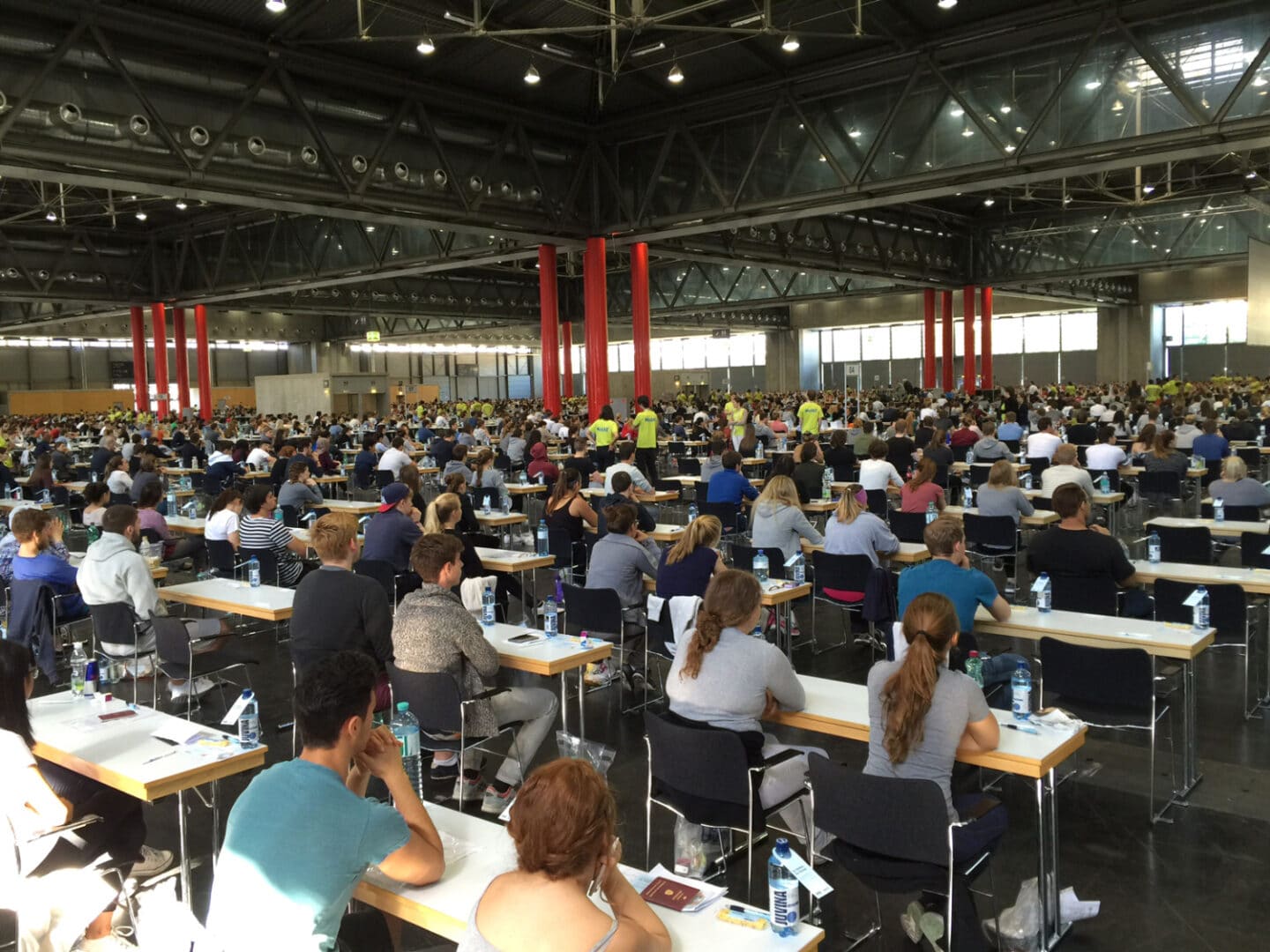
📖 Table of contents
Who hasn't experienced this situation: your lecturer has already repeated the subject matter several times, you have also studied it intensively at home, but you still don't have a clear overview. A situation that you will hopefully be spared with the help of this two-part blog series "How do I study properly in (medical) school?".
In this blog, we will look at the term "learning types" and what types there are. To find out how you can then apply this knowledge efficiently in practice, check out the second part of this blog series and find out which Learning method suits you best.
The term "learning types" describes the different ways of absorbing learning content. It is assumed that each person can absorb and process information differently via the individual perception channels. Perception channels include sight, hearing and touch. However, it should be noted that not just one learning type, but several learning types can apply to a person and that the combination of these achieves the best result.
The different learning types introduced:
The visual learner learns best by seeing. They grasp content most quickly through visual representations or diagrams. Therefore, learning with video materials or creating mind maps, flow charts or sketches is particularly suitable for this type of learner. Writing in different colours is also said to have a positive effect, as text passages that are written in colour are automatically highlighted and are therefore easier to remember.
The auditory learning type learns best by listening. Reading texts out loud or active listening is suitable for them. As an auditory learner, you should therefore make sure that you are present during lectures and listen carefully to the lecturer. Recording audio instead of writing notes can also improve your learning effect. You can easily do this using the dictation function on your smartphone and listen to the lecture again at any time.
The motor learning type learns best by carrying out actions or processes that he has to understand. It can be helpful for them to use supportive gestures when learning as well as to take notes in a lecture, as the hand movement activates motor skills and stimulates the processing of information. As a motor learner, you should also make sure that you minimise stubborn memorisation and instead try to link information together. For the motor learning type, it can also be helpful to move around while learning, e.g. walking around the room.
The communicative learner learns best by verbally exchanging information with other people. It clearly helps to organise learning groups and to exchange and quiz each other. If you don't have a study group, you can also learn by talking to yourself. One method that can help you is to write down short questions about the subject matter. For example, you can pick out a lecture and write down a question about the content of each slide. Then answer the questions out loud and check how much you were able to recall from your memory and how far your understanding reached.
As already mentioned, a mixture of different learning types often achieves the best results. Check out the second part of the blog series to find out which learning methods you have had the best experiences with. Good luck and happy learning!





